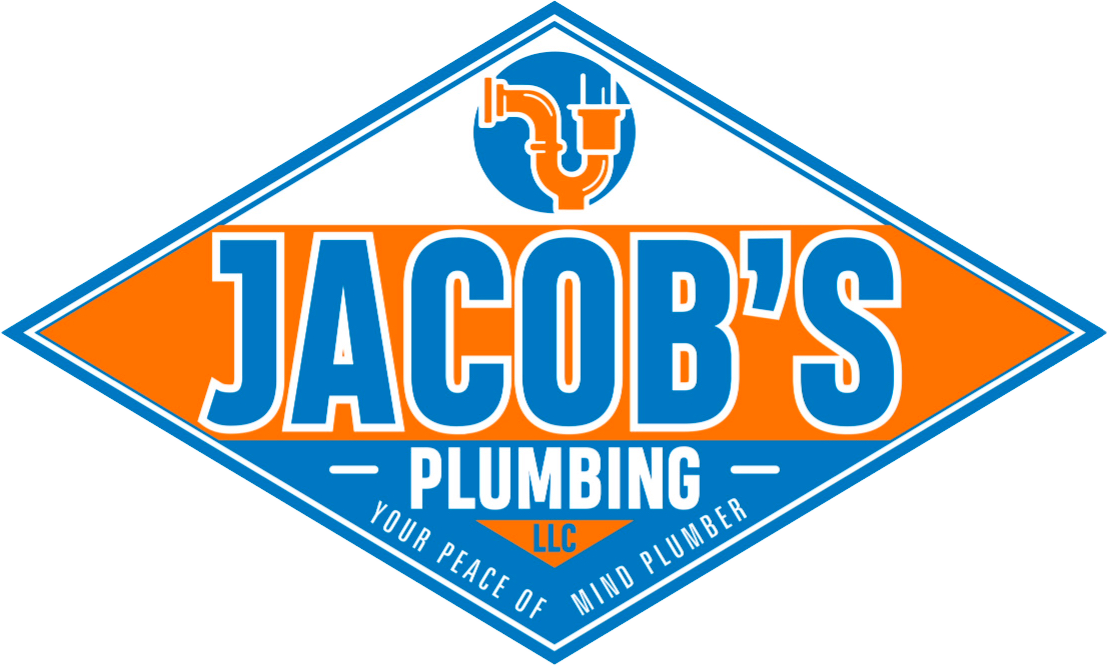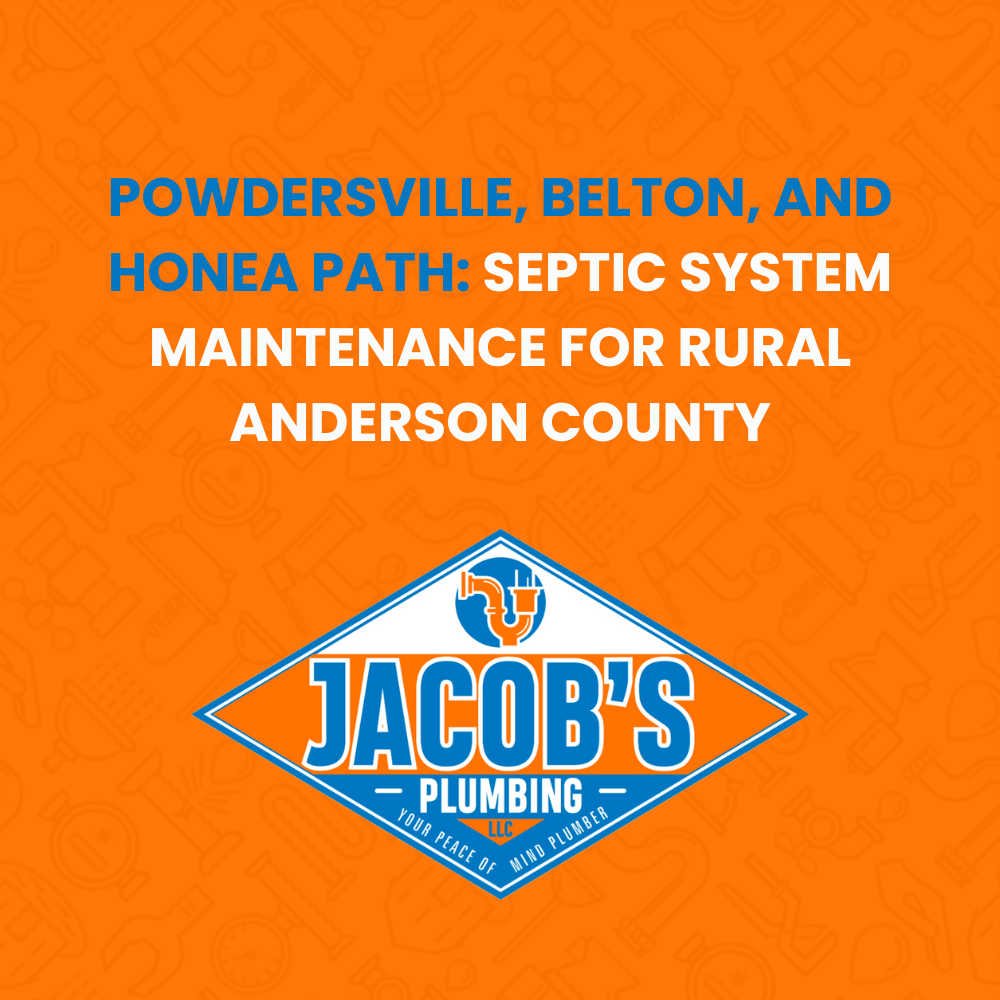Rural communities like Powdersville, Belton, and Honea Path rely heavily on septic systems to manage household wastewater safely and effectively. These systems represent significant investments that, with proper maintenance, can serve families reliably for decades. However, Anderson County’s clay soil conditions and climate patterns create specific challenges that require informed maintenance approaches.
Understanding Septic Systems in Anderson County’s Clay Soil
Clay soil throughout Anderson County presents unique challenges for septic system operation that differ significantly from sandy soil areas. Understanding these local conditions helps homeowners make informed decisions about maintenance scheduling and system upgrades.
Clay Soil Absorption Challenges: Anderson County’s characteristic red clay has poor permeability, meaning treated wastewater absorbs slowly into soil compared to sandy conditions. This slower absorption requires larger drain field areas and more frequent maintenance to prevent system backup and environmental contamination.
Seasonal Soil Movement: Clay soil expands when wet and contracts during dry periods, creating stress on septic tanks and distribution lines. This movement can cause pipe joints to separate or tanks to shift, leading to system failures that require expensive repairs.
Water Table Considerations: Clay soil’s poor drainage characteristics can create seasonal high water table conditions that affect septic system operation. Professional evaluation can determine whether your system operates optimally year-round or requires modifications for reliable function.
Community-Specific Septic Considerations
Powdersville Area Systems: The mix of newer subdivisions and rural properties in Powdersville creates varied septic system ages and designs. Newer systems often feature advanced treatment technologies that require different maintenance approaches than conventional systems installed 20-30 years ago.
Many Powdersville homes were built during rapid development periods when septic system installation standards were less stringent than current requirements. These older systems may benefit from upgrades that improve performance while extending operational life.
Belton Rural Properties: The rural character of Belton means many properties have larger lots that can accommodate extensive drain field systems. However, older homes may have septic systems that predate current sizing and design standards, requiring more frequent maintenance to ensure proper function.
Well water usage common in rural Belton areas can affect septic system operation through water softener discharge and iron bacteria growth that impacts system biology. Professional system evaluation can identify whether water quality issues affect septic performance.
Honea Path Considerations: Historic mill village areas in Honea Path may have older septic systems installed when lot sizes were smaller and environmental regulations less comprehensive. These systems often require creative maintenance approaches to optimize performance within space constraints.
The proximity of older homes can create challenges when septic systems need expansion or replacement. Professional planning ensures compliance with current setback requirements while maintaining neighborhood compatibility.
Essential Maintenance Practices for Rural Septic Systems
Regular Pumping Schedules: Clay soil conditions require more frequent pumping than sandy soil areas because solids accumulate faster when liquid absorption is slower. Most Anderson County septic systems need pumping every 2-3 years rather than the 3-5 year intervals common in other soil types.
Professional pumping includes inspection of tank integrity, baffles, and inlet/outlet connections. These inspections identify developing problems before they cause system failures that require emergency service.
Bacterial System Health: Septic systems depend on beneficial bacteria to break down waste materials. Household chemical use, antibiotics, and cleaning products can disrupt bacterial populations, reducing system effectiveness and requiring more frequent maintenance.
Professional bacterial supplement programs can restore optimal biological activity, particularly after antibiotic use or chemical cleaning that disrupts system ecology.
Drain Field Protection: Clay soil drain fields require protection from compaction and surface water infiltration. Avoid parking vehicles or placing heavy equipment over drain field areas, and ensure surface grading directs rainwater away from absorption areas.
Signs of drain field problems include wet spots, odors, or unusually green grass growth over absorption areas. Early professional intervention can often restore drain field function without complete replacement.
Advanced System Technologies for Clay Soil
Low-Pressure Dosing Systems: These systems improve wastewater distribution in clay soil by delivering effluent under pressure to multiple points throughout the drain field. This technology provides better soil contact and reduces the risk of system backup during wet weather periods.
Advanced Treatment Units: Modern aerobic treatment systems can reduce the size requirements for drain fields in clay soil by producing higher quality effluent that absorbs more readily. These systems require more maintenance but can enable septic system installation where conventional systems wouldn’t function adequately.
Sand Filter Systems: For properties with particularly challenging clay soil conditions, sand filter systems provide intermediate treatment that improves effluent quality before soil absorption. These systems require professional design and maintenance but can provide reliable operation where conventional systems fail.
Seasonal Maintenance Considerations
Spring System Assessment: Winter freeze-thaw cycles and spring rainfall can stress septic systems in clay soil areas. Spring professional inspection identifies winter damage and ensures systems operate effectively during high-use summer periods.
Summer Usage Management: Higher water usage during summer months can overwhelm septic systems operating at capacity limits. Professional evaluation can determine whether your system handles peak usage effectively or requires usage management or system upgrades.
Fall Preparation: Pre-winter maintenance ensures septic systems operate reliably during periods when professional service becomes more difficult to schedule. Fall pumping and inspection prepare systems for winter stress while weather remains favorable for any necessary repairs.
Winter Protection: Clay soil systems require protection from freeze damage during occasional severe weather. Professional winterization can include insulation, bacterial supplements, and usage guidelines that protect systems during cold periods.
Warning Signs Requiring Professional Attention
Slow Drainage Throughout the House: When multiple fixtures drain slowly simultaneously, this often indicates septic system backup rather than individual drain problems. Professional diagnostic evaluation can determine whether problems stem from household drains or septic system issues.
Sewage Odors: Persistent sewage odors inside or outside the home indicate system problems that require immediate professional attention. These odors can signal tank overfilling, drain field failure, or venting problems that affect system operation.
Wet Areas Over the Drain Field: Wet spots, standing water, or unusually lush grass growth over drain field areas indicate system malfunction that requires professional evaluation. Early intervention can often restore function without complete system replacement.
Backup or Overflow: Any sewage backup into the house or overflow from tanks represents an emergency requiring immediate professional response. These situations create health hazards and environmental contamination that demand rapid professional attention.
Professional Inspection and Maintenance Benefits
Comprehensive System Evaluation: Professional inspection includes tank condition, baffle integrity, distribution box function, and drain field performance. This comprehensive approach identifies all system components that need attention rather than addressing individual problems in isolation.
Advanced Diagnostic Technology: Camera inspection systems can evaluate pipe condition and identify specific problem areas without excavation. This technology enables targeted repairs that minimize disruption and cost.
Regulatory Compliance: Professional maintenance ensures compliance with local health department requirements while protecting property values and environmental quality. Documentation of proper maintenance supports property sales and refinancing applications.
Investment Protection Strategies
Preventive Maintenance Programs: Regular professional maintenance costs significantly less than emergency repairs or system replacement. Preventive programs identify problems early while they remain manageable and affordable.
System Upgrade Planning: Professional evaluation can identify when existing systems approach capacity limits or require updates to meet current standards. Planned upgrades during convenient timing cost less than emergency replacement and provide better system performance.
Documentation and Record Keeping: Proper maintenance records support warranty claims, insurance requirements, and regulatory compliance while providing valuable information for system planning and property management.
Rural septic systems represent significant investments that require informed maintenance approaches adapted to local soil and climate conditions. For homeowners in Powdersville, Belton, and Honea Path, professional septic system care protects property investments while ensuring reliable wastewater management.
Jacob’s Plumbing understands the specific challenges facing rural Anderson County homeowners who depend on septic systems. Our experience with clay soil conditions, local regulations, and advanced treatment technologies ensures your system operates reliably while protecting your property investment and environmental quality.





